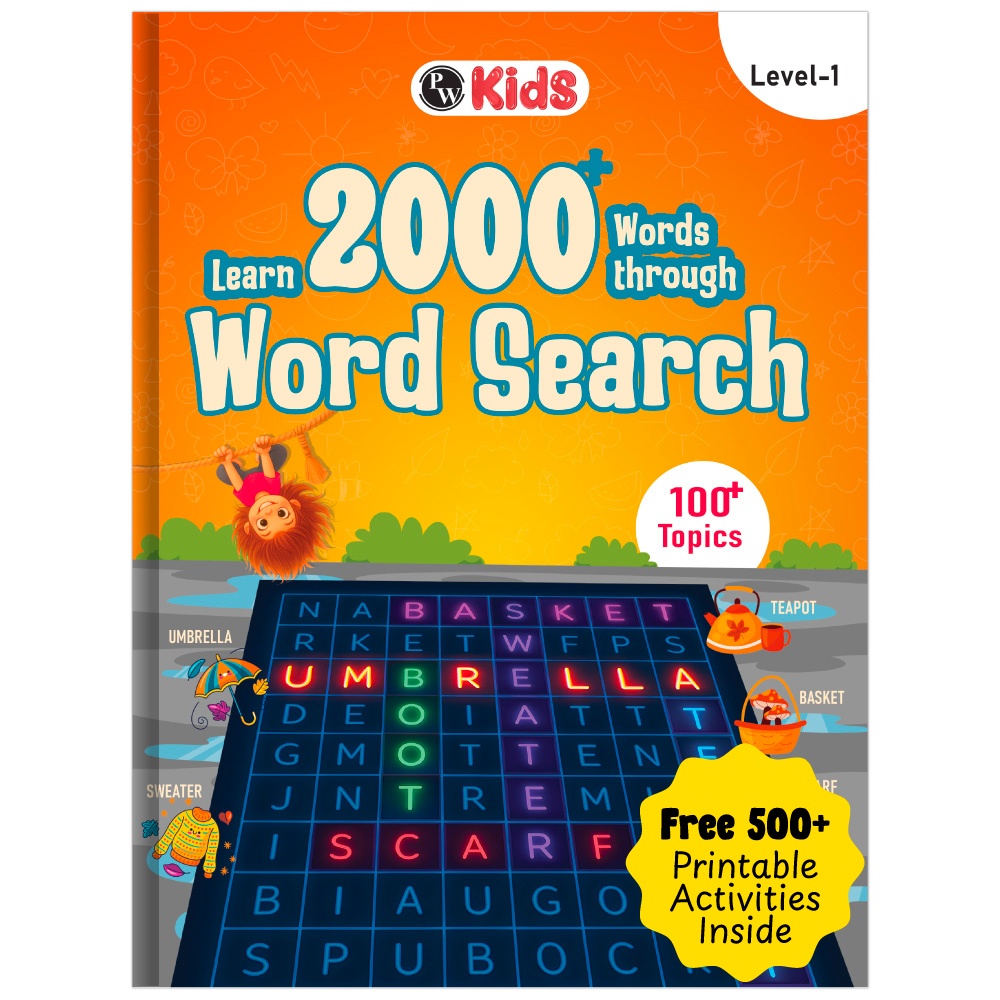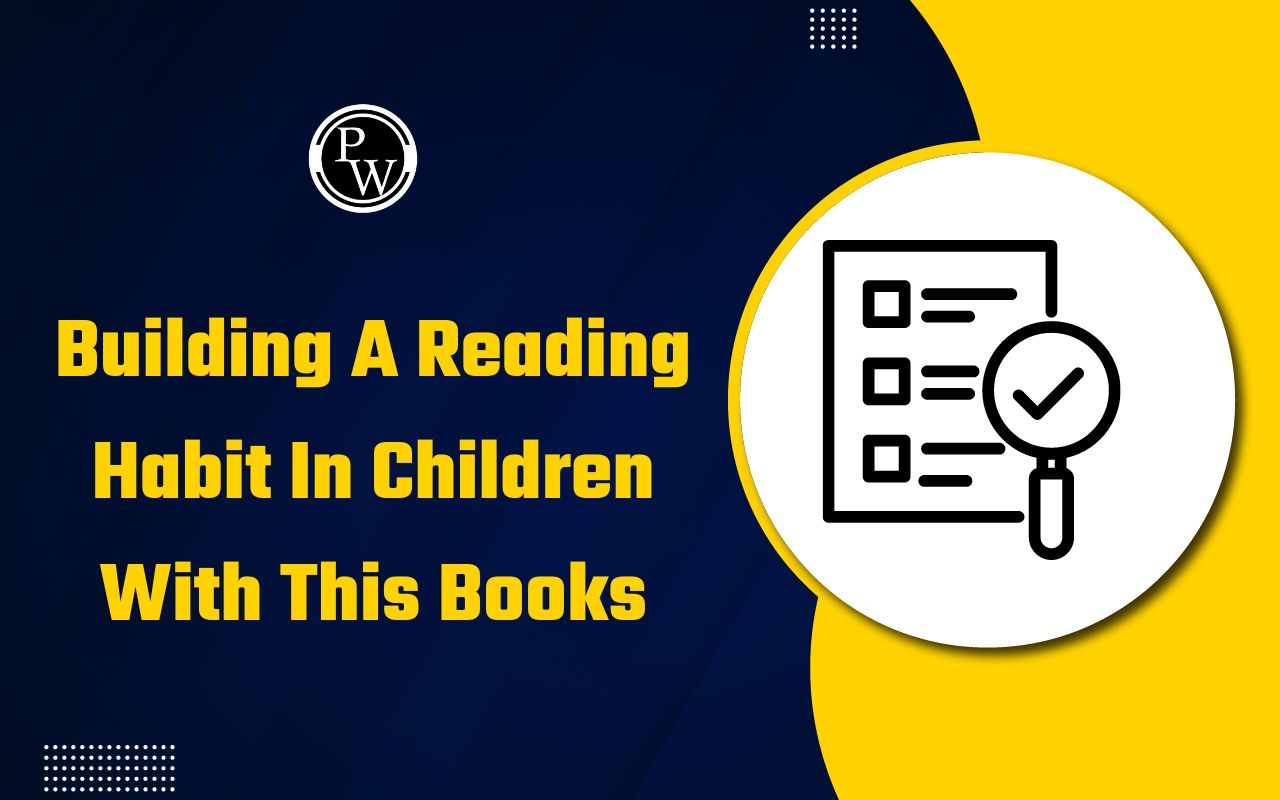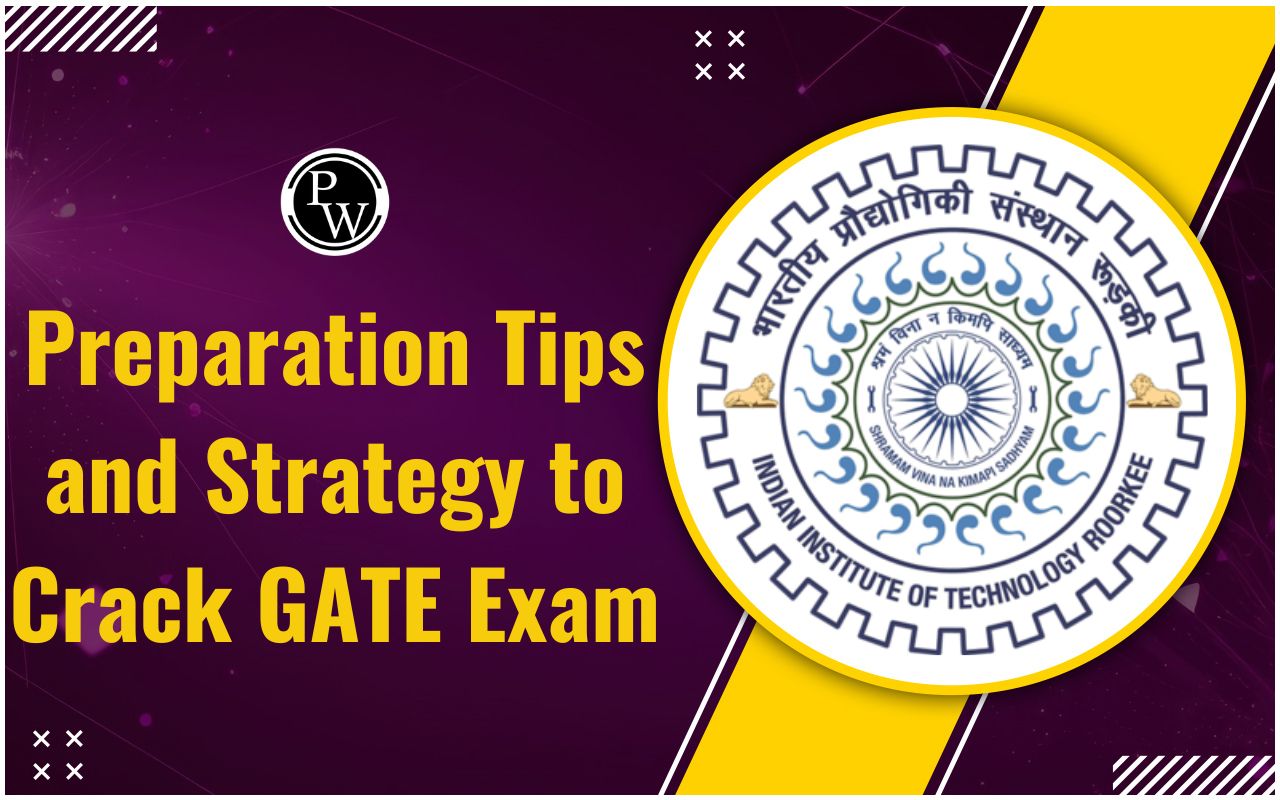Amazing Facts about Space for Kids

Space is one of the most exciting topics that kids love to learn about. From giant stars to mysterious planets, the universe is full of incredible surprises waiting to be discovered. These space facts for kids will take you on an amazing journey through our solar system and beyond. Get ready to explore some mind-blowing information that will make you want to become an astronaut. Space is mostly empty, but it contains billions of stars, planets, and other objects that spin around in the darkness. One of the most interesting facts about space for kids is that space is completely silent. Since there is no air in space, sound waves cannot move from one place to another.
Check Out: PW Kids Book
What Makes Space So Special?
Space is the area beyond Earth's atmosphere where planets, stars, and galaxies exist. Learning about space helps kids understand our place in the universe and sparks curiosity about science. These facts about space for kids show just how incredible and vast our cosmic neighborhood really is.
The universe contains billions of galaxies, each with billions of stars. Our own galaxy, called the Milky Way, is just one tiny part of this enormous space. Scientists have been studying space for hundreds of years, and they keep finding new and exciting things that amaze people of all ages.
Mind-Blowing Facts About Our Sun and Solar System
Our solar system formed about 4.6 billion years ago and includes the Sun and everything that orbits around it. Here are some amazing space fun facts that will surprise you:
The Sun is incredibly huge - you could fit about one million Earths inside it, and scientists consider it just an average-sized star. The Sun is over 864,000 miles wide, which means it would take a very long time to drive around it. Even though the Sun looks small in the sky, that's only because it's so far away from us.
Our solar system contains eight planets, but it's much bigger than most people think. The boundary of our solar system extends far beyond the planets we know. NASA's Voyager 1 spacecraft, launched in 1977, took more than 35 years to reach the edge of our solar system in 2012.
If you could fly a plane to Pluto, the trip would take more than 800 years. This shows just how enormous the distances in space really are. Even our closest planetary neighbor, the Moon, is about 220,575 miles away from Earth.
Incredible Facts About the Planets
Each planet in our solar system has unique and fascinating features. These fun facts about space for kids reveal some surprising things about our planetary neighbors:
Mars has some truly amazing features that make it special. The sunset on Mars appears blue, which is the opposite of what we see on Earth. Mars also has the largest canyon in the solar system, which is as big as the entire United States. Scientists have found strong evidence that liquid water flows on Mars sometimes, making it the second planet in our solar system known to have liquid water.
The gas giants - Jupiter, Saturn, Uranus, and Neptune - don't have solid surfaces, so you couldn't walk on them even if you could get there. Jupiter has moons that are incredibly active, with volcanic activity creating chaos on their surfaces. Saturn is famous for its rings, but other planets have rings too.
Uranus is one of the strangest planets because it spins sideways compared to other planets. Neptune is surprisingly hot even though it's so far from the Sun. These unusual features make each planet unique and interesting to study.
The Moon in the Space
The Moon is Earth's only natural satellite. It orbits around our planet and affects many things on Earth. One of the most amazing 10 interesting facts about space involves our Moon:
The Moon is slowly moving away from Earth. Every year, it moves about 1.5 inches farther away. This happens very slowly, so we do not notice it in our lifetime.
The Moon has no atmosphere, which means there is no weather there. Footprints left by astronauts on the Moon will stay there for millions of years because there is no wind or rain to wash them away.
The same side of the Moon always faces Earth. This means there is a "dark side" of the Moon that we never see from our planet. Space missions have taken pictures of this hidden side, and it looks very different from the side we can see.
Check Out: First Encyclopedia Activity Book
Space Stars in the Sky
Stars are giant balls of hot gas that shine brightly in space. They might look tiny from Earth, but they are actually huge. Many stars are much bigger than our Sun.
Stars come in different colors. Blue stars are the hottest, while red stars are the coolest. Our Sun is a yellow star, which means it is somewhere in the middle for temperature.
When we look at stars at night, we are actually looking back in time. The light from stars takes many years to reach us. Some stars are so far away that their light takes thousands of years to get to Earth. This means we might be seeing light from a star that died long ago!
Astronauts or Space Explorers
Astronauts are brave people who travel to space to learn more about the universe. Life in space is very different from life on Earth. Here are some cool facts about space for kids about astronauts:
In space, everything floats because there is no gravity. This means astronauts float around inside their spacecraft. They have to strap themselves to their beds when they sleep, or they would float away!
Astronauts cannot cry properly in space. Without gravity, tears do not fall down their faces. Instead, tears form little bubbles around their eyes. This can be uncomfortable and even dangerous if the tears get into their eyes.
Food in space is different, too. Astronauts eat special food that will not float around and make a mess. Some food comes in tubes, like toothpaste. Other food is dried and needs water added to it before eating.
Check Out: Kids Activity Books
10 Interesting Facts About Space
Here are some of the most amazing 10 interesting facts about space that will blow your mind:
-
Space is completely silent - There is no air in space, so sound cannot travel. Even if you screamed as loud as you could, no one would hear you!
-
The Sun is enormous - More than one million Earths could fit inside the Sun. It's like comparing a marble to a basketball!
-
Venus is hotter than Mercury - Even though Mercury is closer to the Sun, Venus is actually the hottest planet because of its thick atmosphere.
-
Mars has the biggest volcano - Olympus Mons on Mars is three times taller than Mount Everest and as wide as the state of Arizona!
-
Saturn would float in water - Saturn is so light that if you had a bathtub big enough, Saturn would actually float!
-
A day on Jupiter is only 10 hours long - Jupiter spins so fast that a full day there is less than half an Earth day.
-
Neutron stars are super heavy - A teaspoon of neutron star material would weigh about 6 billion tons on Earth!
-
The Moon is moving away from us - Every year, the Moon moves about 1.5 inches farther from Earth.
-
There are more stars than grains of sand - Scientists believe there are more stars in the universe than all the grains of sand on all the beaches on Earth.
-
Footprints on the Moon last forever - Since there's no wind or weather on the Moon, astronaut footprints will stay there for millions of years.
These facts are inspired by educational resources like the Curious Jr. Space Bingo Kit, which makes learning about space fun and interactive for kids of all ages.
What Can You Learn from the Space Bingo Kit?
If you are looking to have fun while learning more space facts for kids, the Curious Jr. Space Bingo Kit is a great way to do it. It comes with:
-
Rocket Launch Sequence Cards that show how rockets blast into space
-
Bingo Cards filled with images of different space events
-
Bingo Chips to play while learning
-
An Intro Leaflet to explain the game easily
It’s more than a toy. It is a way to learn fun facts about space through play. You can learn about how rockets go from the launch pad to orbit step by step. Every time you play, you remember a little more about the world beyond Earth.
Why Should Kids Learn About Space?
Kids are natural explorers. Learning fun facts about space for kids helps them dream big. When they hear about stars, planets, and astronauts, they start asking “why” and “how.” This curiosity leads to learning, science experiments, and maybe even becoming a space scientist or astronaut one day!
Here are a few reasons why space learning is awesome:
-
Builds curiosity and imagination
-
Helps kids ask questions and seek answers
-
Connects science with fun
-
Teaches about Earth’s place in the universe
-
Inspires future careers in STEM fields
The universe is huge, full of mystery and adventure. These space fun facts are just a small part of what is out there. Every planet, star, and moon has its own story. With cool tools like the Space Bingo Kit, you can have fun and learn at the same time. So next time you gaze at the night sky, think about Venus spinning slowly, Jupiter being too soft to land on, or the Sun holding one million Earths inside it. Space is not just up there, it’s a playground for your mind.
Read More: Human Body Parts in English for Kids
Space for Kids FAQs
1. What are some fun facts about space for kids?
Space is full of surprises! Did you know space is completely silent, or that astronauts grow taller in space?
2. What are gas giants?
Gas giants like Jupiter and Saturn are big planets made mostly of gas. You can’t stand on them.
3. How cold is space?
Space is extremely cold. Some places, like the Boomerang Nebula, are even colder than outer space’s usual temperature.
4. How does the Moon shake?
The Moon has something called "moonquakes." They’re like earthquakes but on the Moon.
5. What’s a fun way to remember rocket launch stages?
The Space Bingo kit includes launch sequence cards that help you learn rocket stages while playing.










